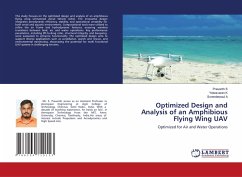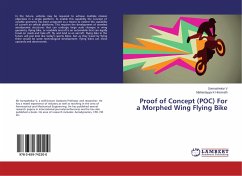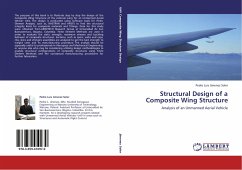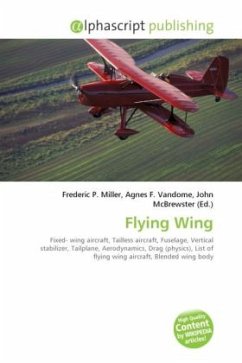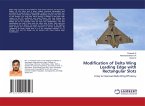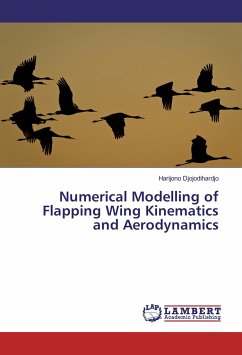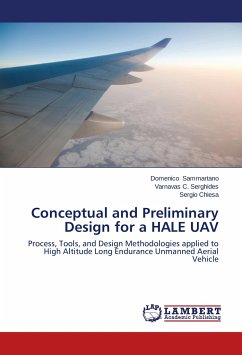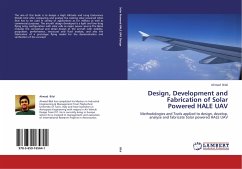This study focuses on the optimized design and analysis of an amphibious flying wing Unmanned Aerial Vehicle (UAV). The innovative design integrates aerodynamic efficiency, stability, and operational versatility for both aerial and aquatic environments. Computational tools were utilized to refine the air frame and hydrodynamic features, ensuring seamless transitions between land, air, and water operations. Key performance parameters, including lift-to-drag ratio, structural integrity, and buoyancy, were evaluated to enhance functionality. The optimized design aims to support diverse applications such as surveillance, search and rescue, and environmental monitoring, showcasing the potential for multi functional UAV systems in challenging terrains.
Bitte wählen Sie Ihr Anliegen aus.
Rechnungen
Retourenschein anfordern
Bestellstatus
Storno

